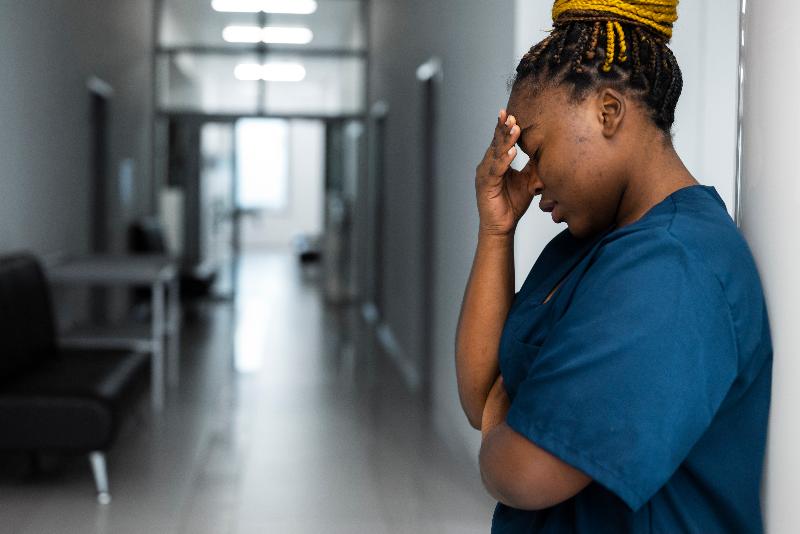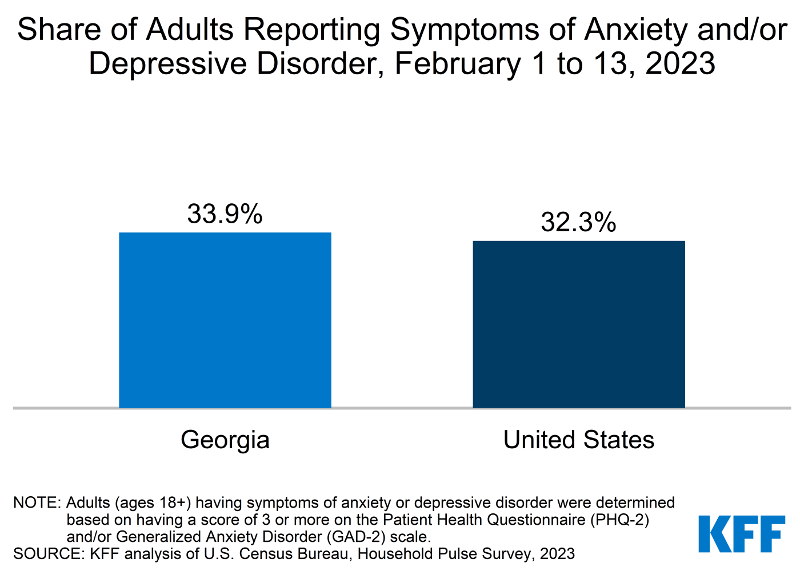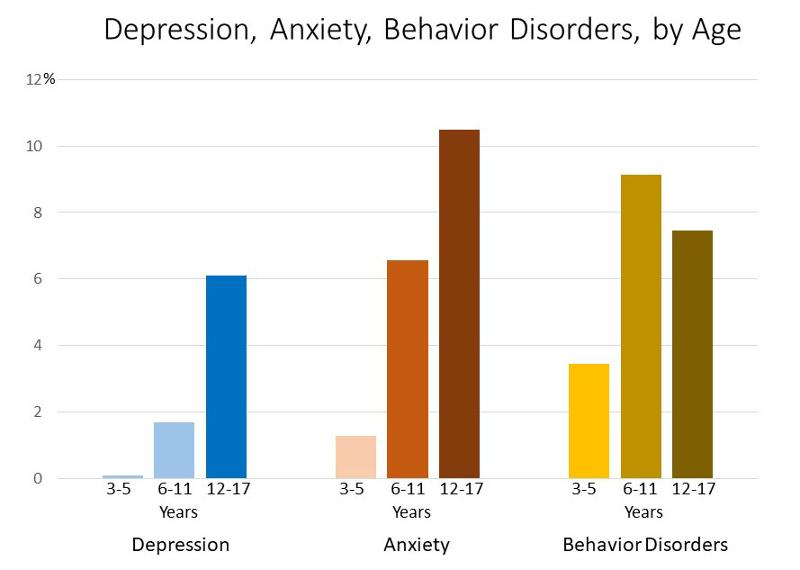Post-Pandemic Statistics
It's important to have a psychosocial lens on our behavior because we're in crisis. Here is why...![]()
First Responders
 Among first responders, the prevalence of depression was 37% for paramedics, 28% for EMS personnel, and 22% for police. (Huang et al., 2022)
Among first responders, the prevalence of depression was 37% for paramedics, 28% for EMS personnel, and 22% for police. (Huang et al., 2022)
Additional Reading:
What's Killing Our Medics? Ambulance Service Manager Program
Adults
 Georgia Adults have Third Highest Rise in Mental Health Issues.
Georgia Adults have Third Highest Rise in Mental Health Issues.
Georgia ranks third with a 1.50% increase from 2022 to 2023.
The average percentage of adults with mental health issues in 2023 is 29.45%.
In 2021, it was reported that over four million people in Georgia lived in communities that did not have enough mental health care professionals.
Georgia Adults have Third Highest Rise in Mental Health Issues
Adults needing and not receiving extra services (e.g. mental health care).
|
Mental Health Care Health Professional Shortage Areas (HPSAs), September 2022 |
||
|
|
Percent of Need Met |
Practitioners Needed to Remove HPSA Designation |
|
United States |
27.7% |
7,871 |
|
Georgia |
43.2% |
217 |
|
NOTE: Percent of need met is defined as the ratio of available psychiatrists to the number needed to eliminate the HPSA designation. Calculations are based on the number of psychiatrists and do not generally include other mental health care professionals. |
||
|
SOURCE: Bureau of Health Workforce, Health Resources and Services Administration, Designated Health Professional Shortage Areas Statistics: Designated HPSA Quarterly Summary , as of September 30, 2022. |
||
Children
 Up to 10% of children nationwide are being diagnosed with mental health disorders (CDC).
Up to 10% of children nationwide are being diagnosed with mental health disorders (CDC).
Two out of three children in need of extra services (e.g. mental health care) do not receive them.
Parental engagement is at its lowest.
According to Kids Count in 2020, 26,975 or 4.6% of teens ages 16-19 years old are high school dropouts, and 44,575 or 7.6% teens are not in school or working.
Parental engagement are at their lowest.
